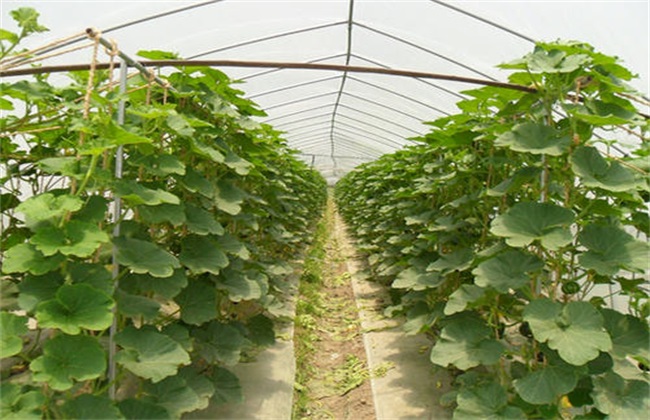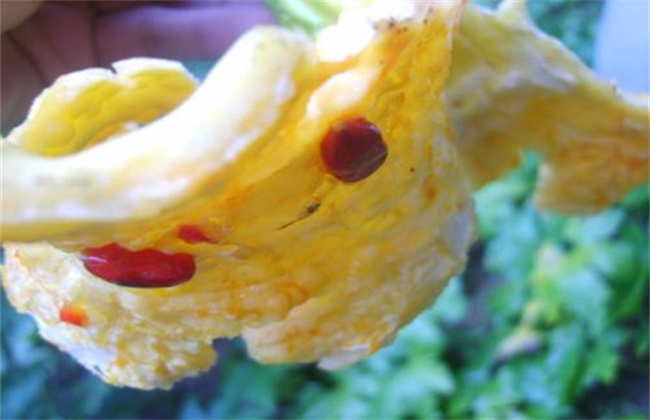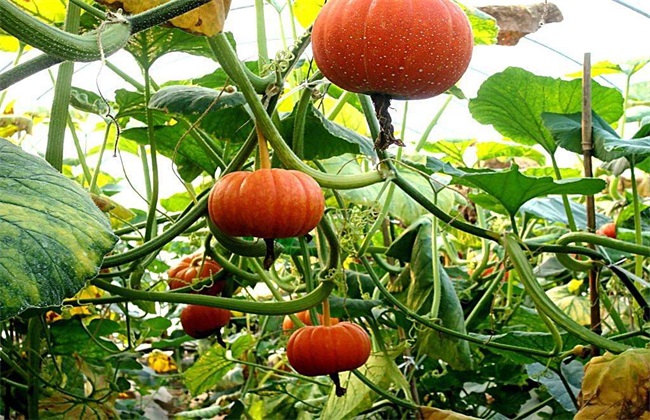Seedling raising techniques of Pumpkin in early Spring
Pumpkin is a very popular vegetable in China, and its planting area is also very large. Pumpkins have strong cold tolerance and low temperature tolerance, so we can plant pumpkins in the greenhouse to advance the time to market in early spring and improve planting efficiency through out-of-season sales. So how to raise pumpkin seedlings in early spring? Today, the editor brings you the seedling technology of early spring pumpkin. Let's take a look at it.

1. Variety selection
When raising seedlings in early spring, the first thing we should do is to select the planting varieties. Because the main purpose of planting pumpkins in early spring is to advance the time to market of pumpkins, so the most important thing for pumpkin varieties is to have early maturity. It is necessary to ensure that its root has developed ability, strong growth and good resistance to low temperature. A good variety is very important for the success of pumpkin breeding in early spring, so we must pay more attention to the selection to ensure the success of pumpkin seedling and improve the planting efficiency.
2. Soaking seeds to accelerate germination
Before sowing the seeds, we also need to soak the seeds to promote germination. First of all, put the seeds in 80-100 degrees scalding 5 seedlings, then immediately put into cold water to cool to about 30 degrees, and then stir for 30 minutes. Then soak the seeds in clean water for about 10 hours, and then remove the seeds and dry them for about two hours. When the seed surface is dry and dry, the temperature should be kept at about 30 degrees. Wait until most of the seeds are white before sowing, usually the amount of seeds per mu should be kept at about 200g.
3. Sowing seeds at the right time
The breeding sites of pumpkins in early spring are usually in greenhouses or sunny beds. The general sowing time is from February to March, when the germination rate of pumpkin seeds is the highest. When raising seedlings, seedling plates are generally used to raise seedlings, but before sowing, disinfection of seedling plates and media should also be done well. Stir and disinfect mainly with carbendazim powder, and then spray water to the seedling plate to keep its water content at about 70%. When loading the medium, it is necessary to keep a certain space at the mouth of the cup and sow one seed on each seedling tray. Cover proper amount of vermiculite after sowing, and cover the seedling tray tightly with plastic film.
4. Seedling stage management
Management after sowing is also very important. After sowing, the temperature should be controlled at about 26-28 degrees, the temperature at night is about 18 degrees, and the temperature difference between day and night is maintained at 10 degrees. When about 60% of the seeds begin to arch the soil, the plastic film should be removed in time. Then reduce the temperature to 22-24 degrees during the day and 13-14 degrees at night. Avoid excessive temperature leading to excessive growth of seedlings, affecting the growth of pumpkins. When the heart leaves of the seedlings grow to about 2cm, do a good job of dividing the seedlings, and raise the temperature by about 3 degrees.
The above is a brief introduction to the breeding techniques of pumpkin in early spring. That's all for today's introduction. This article is for reference only. I hope it can help you all.
Related
- Where is it suitable to grow horseradish in China? it is expected to see the middle altitude horseradish in Alishan.
- How to prevent tomato virus disease reasonably? (Control methods included)
- Many people like to plant towel gourd on the balcony. What are the main points of this method and management?
- What crops can chili peppers be mixed with?
- Fertilization techniques and matters needing attention in Tomato
- What are the grafting techniques for peach seedlings in spring?
- Harm and control methods of root swelling disease of Chinese cabbage
- What are the pests of sweet potatoes? How to prevent and cure it?
- Symptoms, causes and Control methods of navel Rot in Tomato
- The cause of "Cucumber rotten bibcock" in Farmers' planting Cucumber and its Control Plan



